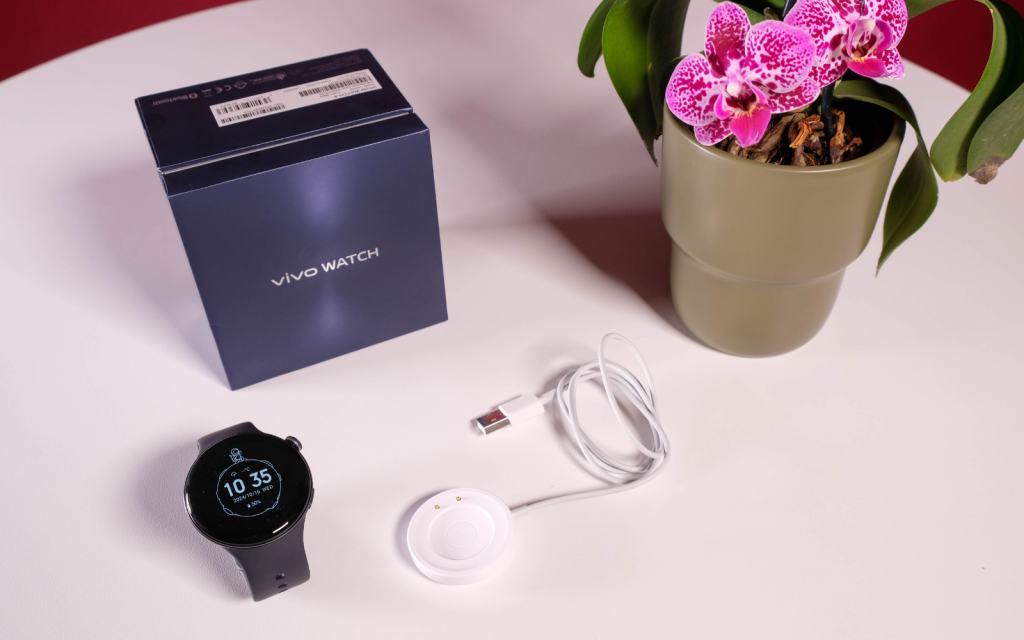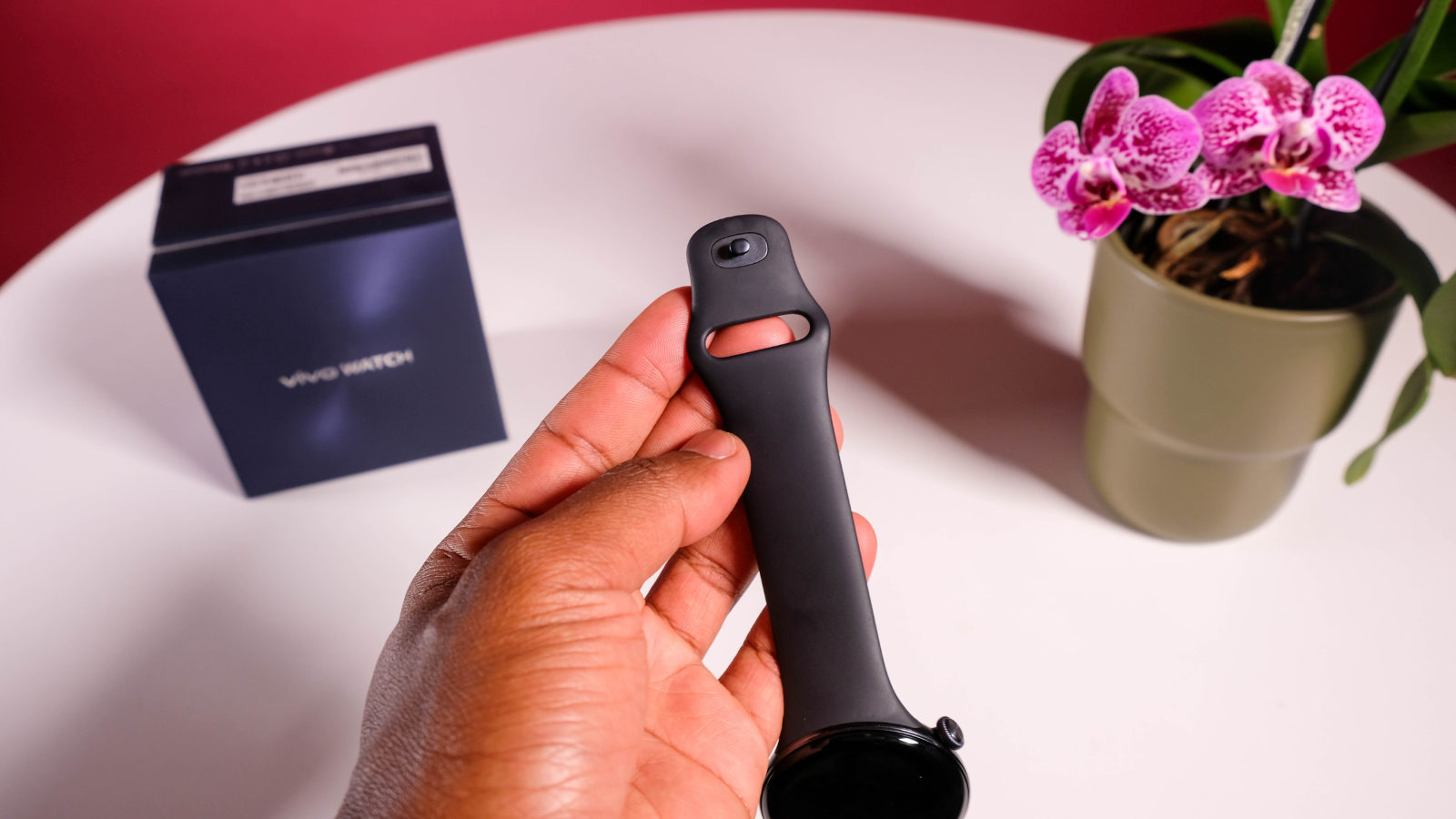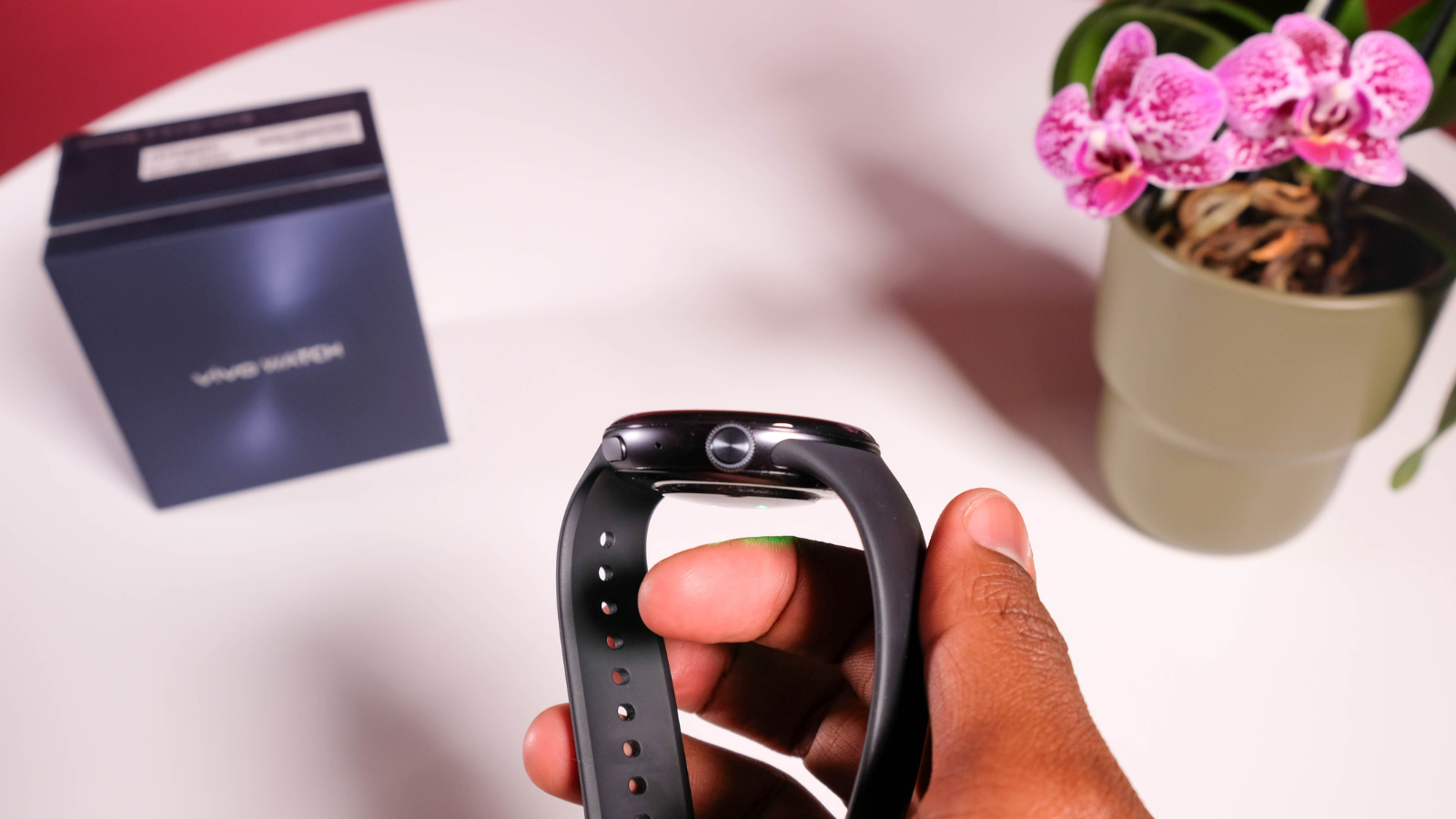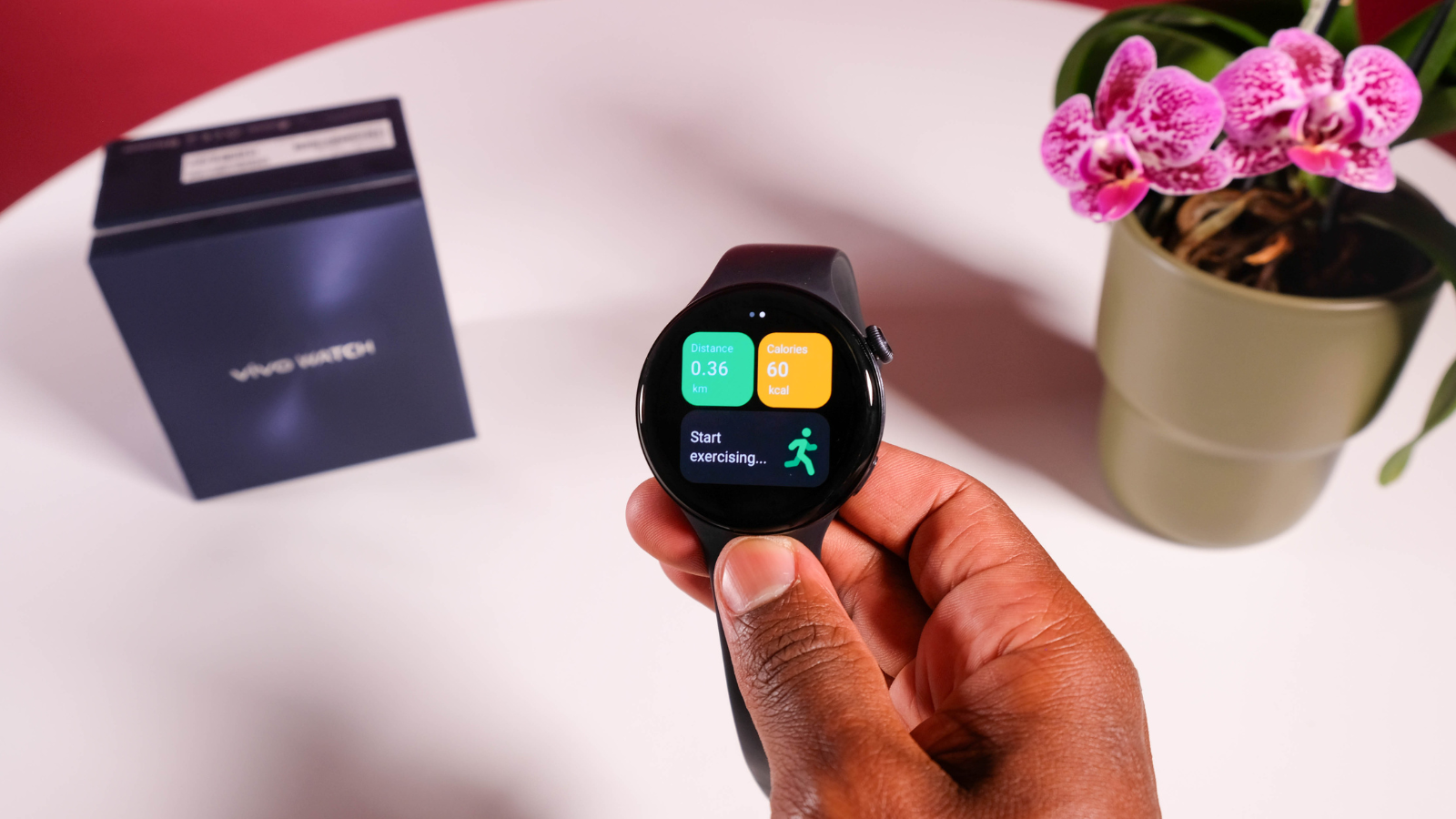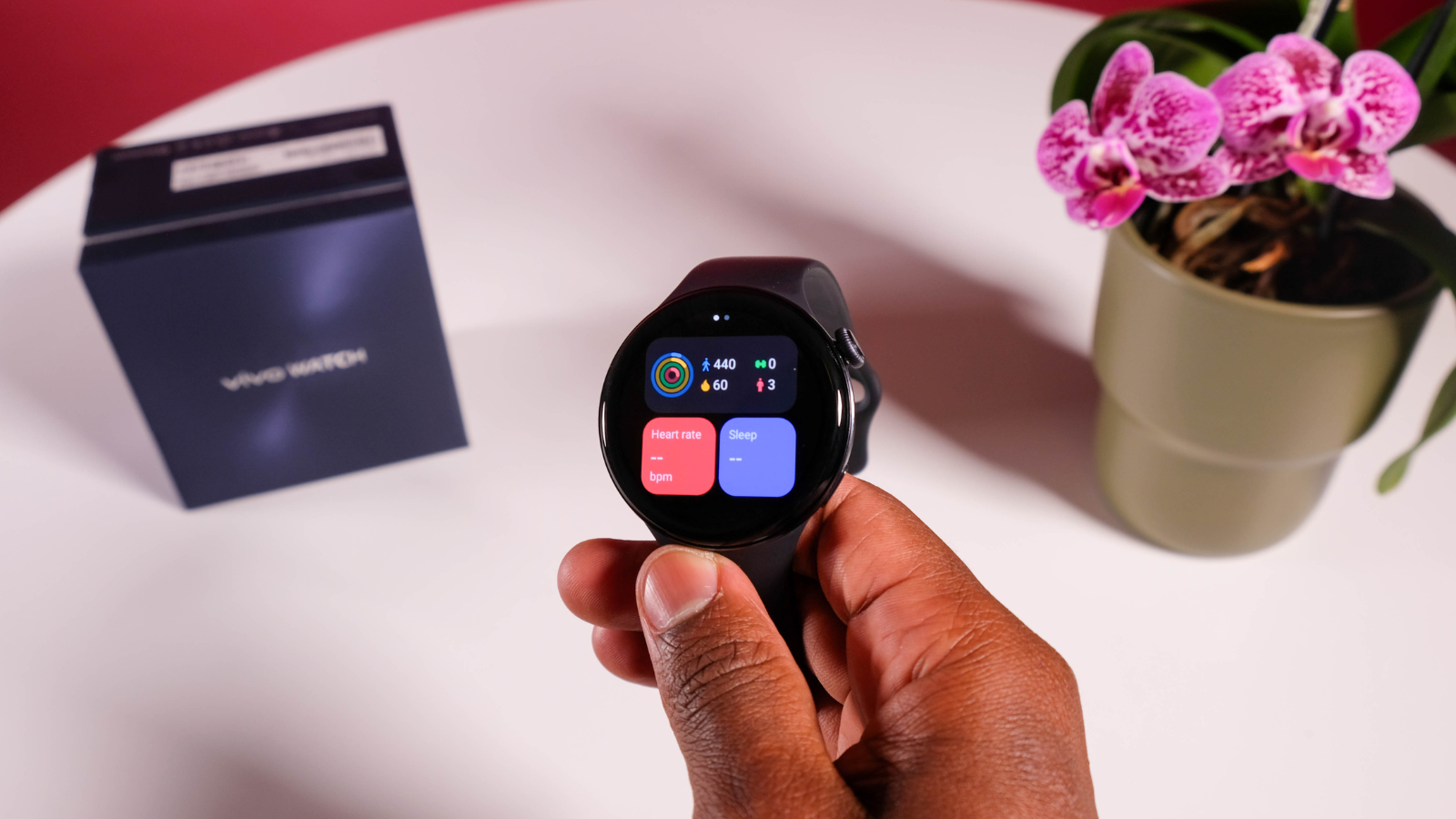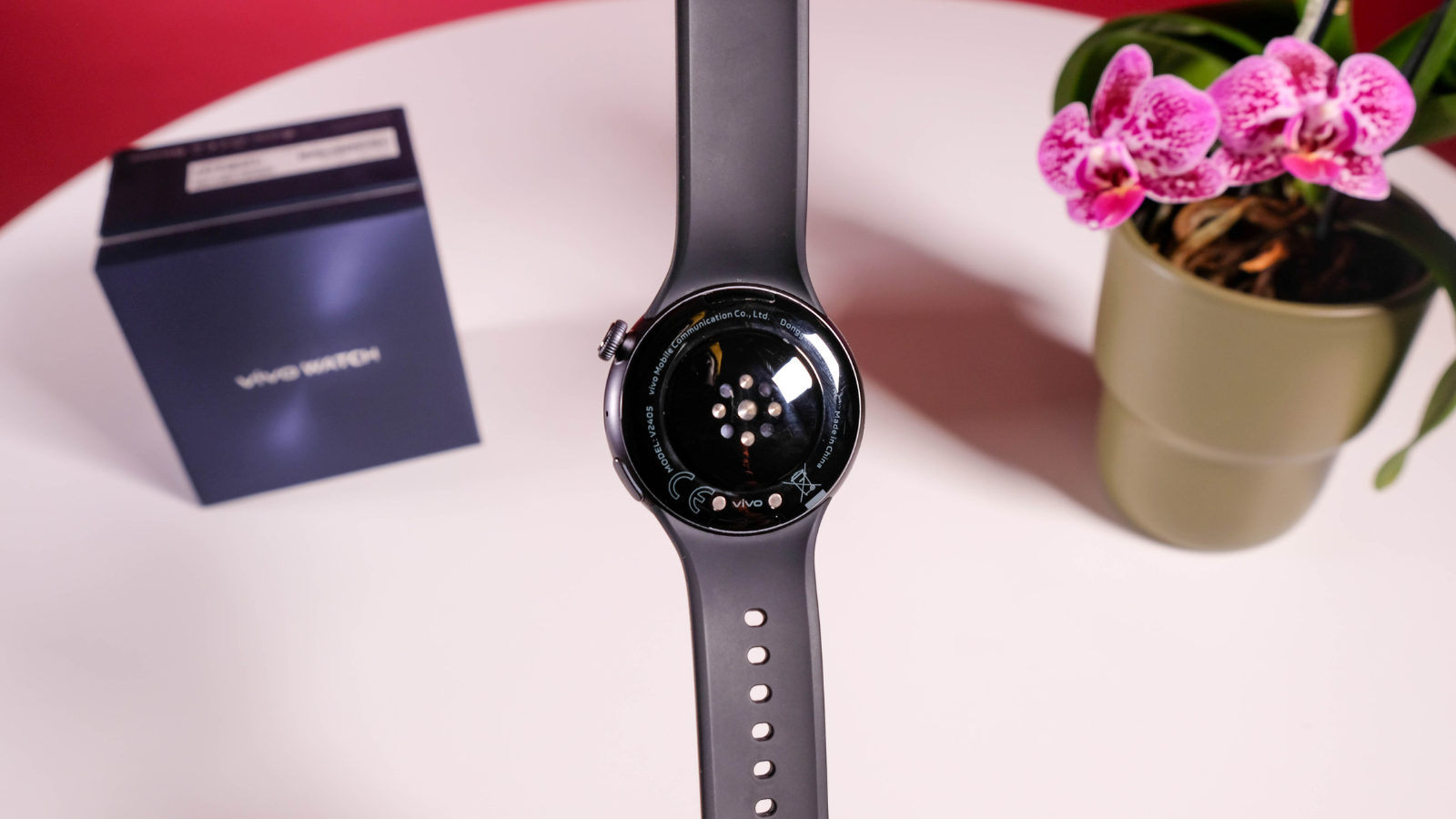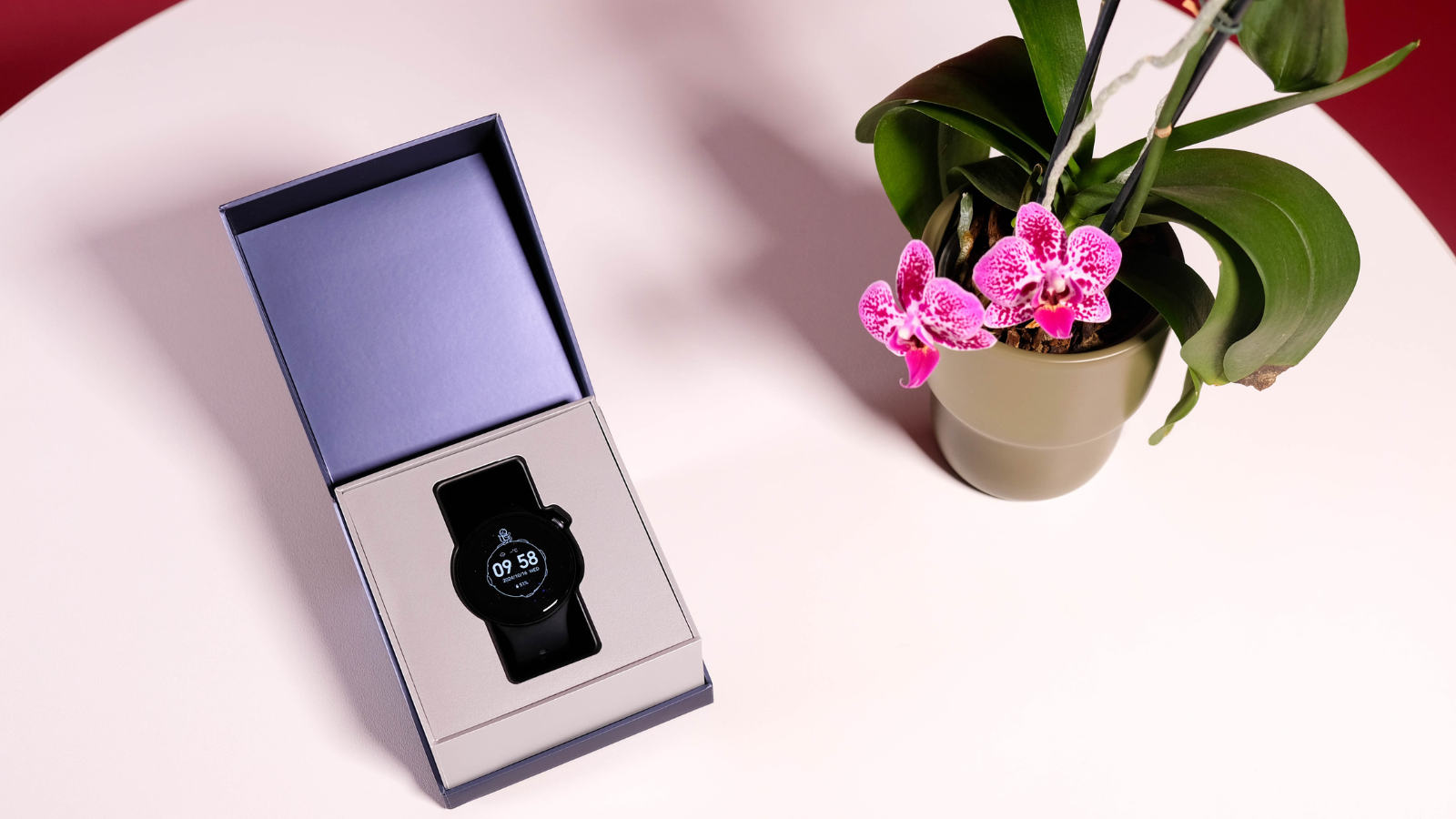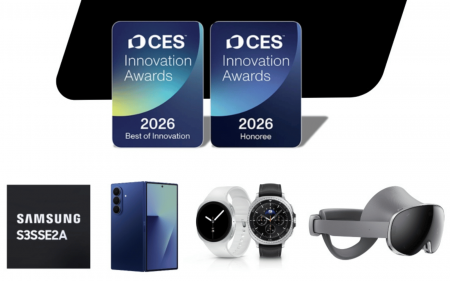Vivo's Watch 3 is a stellar option for any fitness-minded folks keen to charge their watch once in a blue moon. A superb 14-day battery life, over 133 trackable sports, and a gorgeous display are more than capable of offseting the disappointing notification issue and lacklustre customisation. We wish we could say the same for the casual watch-wearer who might be better of sticking with something from Samsung's catalogue.
-
Design
-
Features
-
Battery
-
Tracking
-
Value
Believe it or not, Vivo isn’t all about taking your budget bucks. It occasionally explores the realm of flagship tech capable of putting even Samsung’s next big thing to shame, even if South Africa isn’t always privy to those developments. That’s all set to change very soon. But in the meantime, the company has released its Vivo Watch 3 – to the tune of 5,700 of your definitively not-budget bucks.
Having recently defected from Samsung’s Galaxy smartwatches, we were sceptical of Vivo’s ability to keep us around for the long haul, especially since we missed its last time-telling venture. The jury is still out on that one, but we can be absolutely certain that Vivo’s Watch 3 is an excellent option for anyone looking to get out from underneath the Big Three’s™ feet. It’s let down by a bare-bones OS and poor notifications, but not by much.
Now let’s see Paul Allen’s strap
Vivo’s Watch 3 may be a smidge too pretty for real athletes, who might prefer to stick with something from Garmin’s more rugged catalogue. But if you’re a casual looking to keep an eye on those (very) infrequent 5km runs around your area, Vivo’s efforts are more than capable of stepping up to the plate.
That’s not to say the Watch 3 would whine were it to leave its comfort zone. You might think the Watch 3 a bit of a weakling considering the Watch’s boastfully protuberant (and entirely bezel-less) AMOLED display, but it’s completely the opposite. The 1.43in display isn’t sheltered by a rugged case, but durability duties – handled by aluminium alloy – help it stand out all the more.
Even so, we reckon the Watch 3’s face is coated in something fairly durable, even if Vivo won’t say what. A few bumps here and there on various doorframes during our time with the Watch 3 weren’t quite enough to screw up the Watch 3’s gorgeous face, nor the rest of its body. It may not come away unwounded after a proper tumble while trail-running, but that’s the case for any non-Garmin watch.
Navigation is kept equally minimal. You could besmirch the wonderful display with your sweaty fingers, or instead get around the OS with the satisfying tactile rotational jut adorning the case’s right-hand side, doubling as a button to handle the more delicate tasks. Underneath it lies another button – flush with the body – that’ll serve as your go-to workout button and get you going as soon as possible.
The result? The Vivo Watch 3 is an enduring, lightweight solution (roughly 40g) for the casual smartwatch-wearer – coupled with a minimalistic look that we loved and wouldn’t mind seeing recreated elsewhere – even if it does come at the cost of the mightily annoying if frill-less strap Vivo’s opted for.
Once in a BlueOS
It’s not all sunshine and daisies. Sure, the Watch 3 is capable of being your new party and jogging companion, and its display is about as good as you could ask for in this price range. But where the Watch 3 stumbles is in one of the most integral sectors for any smartwatch – notifications. It’s not that it couldn’t keep up with the heavy flow of WhatsApp messages, Telegrams, and emails. It can. It just can’t do it reliably.
It was a rather infuriating experience to be asked incessantly to “turn on notifications” after being asked to hand over just about every permission to the Vivo Health companion app. Nothing we tried could fix the issue, despite the three-or-so factory resets we threw its way. There’s no rhyme or reason to the Watch 3’s poor work ethic, either – with notifications working properly for days before taking a long holiday again.
Our problems may be localised to our review model Watch 3, or possibly even our smartphone – the Xiaomi Redmi Note 13 Pro+ – but it’s worth mentioning, especially seeing as how the Watch 3’s target demographic won’t be easily distracted by a set of jiggling sporty keys. Strangely enough, we had little issue with the Watch 3’s music controls, which worked without interruption, aside from the occasional stutter.
Other than our notification issues, we found Vivo’s in-house BlueOS experience to be a… fine one, if a little basic. It’s all based on Android, so it shouldn’t prove difficult to become accustomed to for any Android user. While our Android device had no trouble pairing with the Vivo app, the company’s site sneakily hides a disclaimer in the small(ish) text – “vivo Watch 3 is not compatible with Apple phones currently.”
BlueOS’ faults are most noticeable when it comes to customising the experience. There are plenty of watch faces to choose, but they are still missing the finishing touches to truly make the Watch 3 yours. There’s also no app ecosystem, meaning you’re stuck with Vivo’s off-the-shelf apps and functionality. Hey, at least there’s NFC support, right?
Back on track
Just because the Watch 3 isn’t a “real” athlete’s first choice, that doesn’t mean it won’t satiate the needs of one, especially if you’re looking to confine yourself to a budget. One of the biggest selling points here is the 113 trackable sports, ranging from the simplistic – a brisk walk – to something like fishing. You best believe we didn’t try out all 113 modes (for your sake and ours) but found that it excelled in our basic training needs.
It’s kitted out with every sort of tracker you’d ever need – an accelerometer, gyro, heart rate, barometer, compass, altimeter, and SpO2. Vivo reckons the “multi-channel star ring layout” (eight channels for heart rate monitoring and sixteen for blood oxygen) behind the Watch’s face delivers a more accurate reading, and we can’t exactly argue. It matched up with a dedicated third-party heart-rate sensor, at least.
Better yet, the Watch 3 proved its worth sport-wise when automatically identifying our exercise or sport of choice – with hardly any delay in the process – something that’ll excite Discovery Vitality enjoyers looking to capture every single step or minute in their workouts.
The accompanying Vivo Health app does a good job rounding up and displaying all that data in a nice, neat little package on the dashboard. Every metric can be explored further with in-depth analysis. It’s no Strava, sure, but Vivo’s efforts cannot be discounted.
We aren’t big on swimming, but the 5ATM protection kept the Watch 3 afloat (metaphorically) through many trips into the shower, whether accidental or on purpose. For the sake of this review, let’s call it the second one, huh? It’s equally resistant to a quick dip in the pool, considering the many swimming-related sports tracked here.
But it’s the battery life that proved to be the real MVP. We could never quite hit Vivo’s claimed life of 16 days, but came mightily close with 14 days, which involved keeping the Always On Display (AOD) off, and continual heart-rate-sensing on. Constant use and a bright AOD could knock a few days off that figure, but never so much that you’ll be stranded in the middle of an activity without real tracking abilities. That’s a big win in our books.
Vivo Watch 3 verdict
With a price tag that puts Vivo’s Watch 3 on par with even Samsung’s latest Galaxy Watch 7 (R6,000), is it worth your hard-earned cash? Depending on your needs, that can be a tough question to answer. Fitness freaks, for instance, can find solace in the Watch 3’s massive array of sports, accurate trackers, and 14-day battery life.
For somebody looking for a more casual relationship between themselves and their smartwatch, you may be better off sticking with something older from Samsung or Apple’s end – particularly if reliable notifications are a must, or you’re rocking a smartphone with Apple’s branding.

